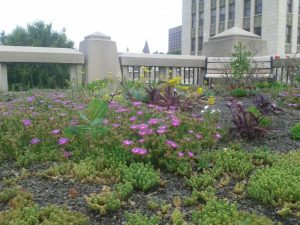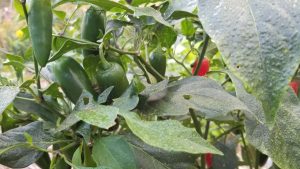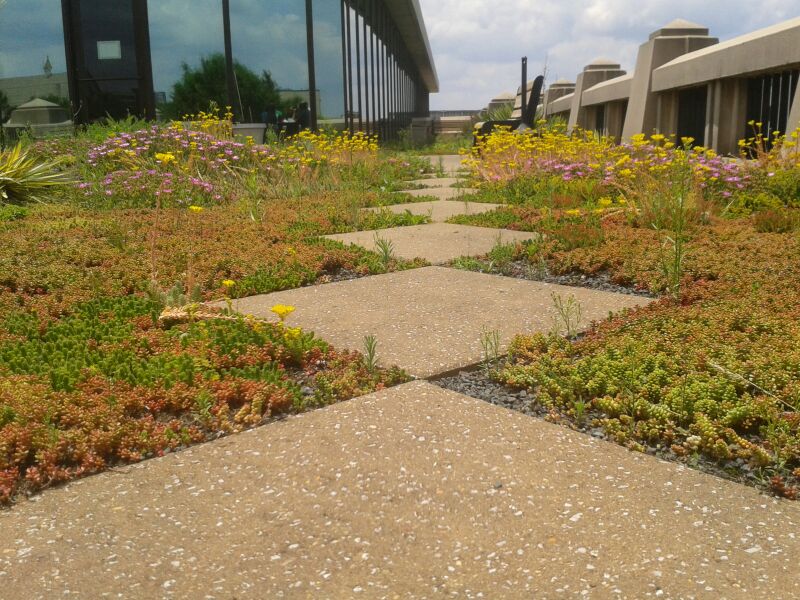Over the next few weeks we are going to explore “tiny topics” in the garden. These will be garden topics that are more in-depth than a horticultural overview. My goal is to have us all thinking about gardening in a more deliberate way. Our first topic is microclimates. What are they? How can they make a difference in your garden?
Most gardeners are familiar with the USDA plant hardiness zones. These are based on average annual extreme minimum temperatures. For example if your average annual extreme minimum temperature is 10 – 15 degrees F your plant hardiness zone is 8a. These zones are based on past climatological data. Suggested planting dates and many plant recommendations are based on these zone assignments.
But what if your garden is located close to the south side of your home? At this location the temperatures don’t get quite as cold as if the garden was located in the middle of an open field. This is a microclimate. By planting mint right next to the south wall of my home in an area also protected by a porch wall I am taking advantage of a microclimate that allows me to have fresh mint most of the winter.
On the other hand a garden located on a rooftop in Atlanta is brutally hot in the summer. The full sun in an area where building materials create radiant heat and reflected sun light means that cactus are happy there. Another microclimate.

What if your garden is in a bit of a valley in your landscape? You may notice fog settles there or dew seems to last longer in the mornings. In this microclimate you need to look out for fungal diseases that occur with cool moisture. Downy mildew may be a problem for you.
I recently visited a community garden in the North Georgia mountains. Even after officially reported night time temperatures of 32 degrees F the gardeners were still harvesting peppers. The group took advantage of a microclimate next to a shed that prolonged the growing season.

Using plastic to artificially warm up the soil in the early spring creates a microclimate that allows seeds to germinate early. I have used this technique in the past to plant squash early in an attempt to outwit squash pests.
I hope these examples have you thinking about the microclimates in your own garden. They may allow you to grow crop varieties that you would never have tried before or you may extend your growing season.
Happy Gardening!
- ParSLAY the Day! - June 12, 2024
- 6th Annual Great Southeast Pollinator Census - May 28, 2024
- Are you ready for Pepper Palooza? - July 5, 2023
